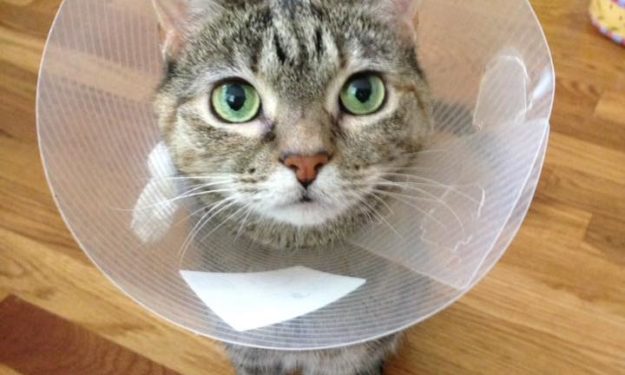Is This An Emergency?

Many diseases can have similar signs, but vary in severity. Below is a list of symptoms or conditions that could typically be associated with potentially life-threatening and below that, serious, though possibly non-life threatening conditions. Call anytime to speak with a member of our team for advice.
Always ensure your pet has a leash and collar, or is safely secured in a pet carrier. If your pet has eaten something, please bring the wrapper or any leftovers with you to the ER.
Life-threatening Symptoms Serious Condition Symptoms
Symptoms of a Life-threatening Emergency Include:
- Severe Bleeding: Bleeding that doesn’t stop within five minutes, profuse bleeding from nose, mouth, rectum, coughing up blood, or blood in urine.
- Unconsciousness: Collapse or coma.
- Breathing Issues: Choking, difficulty breathing, extreme and non-stop coughing or gagging.
- Bloating, Retching or Unproductive Vomiting: Especially if the stomach or abdomen looks bloated.
- Feces or Urine Related: Inability to urinate or pass feces (stool), or obvious pain associated with urinating or passing stool, especially in male cats.
- Injuries to your Pet’s Eye(s): painful eyes with squinting, pupils that appear larger or smaller than usual, protruding eyeball.
- Poisons/Toxins/Venom: You suspect or know your pet has eaten or encountered something poisonous. Highly toxic examples include: antifreeze, xylitol, chocolate, rodent poison, snake bites, scorpion bites, toad poisoning.
- Eating suspected poisonous plant – more information: ASPCA Poison Plant page
- Exposure to any chemicals/toxins – more Information on Common Pet Health Toxins
- Trauma: Severe Trauma, Fractured bones, or inability to move leg(s), Paralysis.
- Heat/Cold Exposure: Frostbite or exposure to cold, Heat exhaustion or heatstroke.
- Seizures: Clusters of seizures within a 24-hour period or a seizure that does not stop after several minutes.
- Other Potentially Dire Emergencies: Prolonged labor or difficulty giving birth, Electric shock, Refusal to drink for 24 hours or more.
Signs Associated with Potentially Serious Conditions that Warrant an ER Visit:
- Increased rate and/or effort in breathing
- Shallow or delayed breathing – gasping
- Bleeding & open Wounds
- Changes to Oral Gum Color (should be pink)
- Distended or Bloated Belly
- Persistent Vomiting and/or Diarrhea
- Weakness
- Changes to Alertness
- Convulsion/Seizure
- Loss of Balance
- Trembling/Shaking
- Fall from a Height
- Dog or Cat Fights
- Bites from Wildlife
- Sudden Deterioration of Chronic Illness
- Eating suspected poisonous plant – more information: ASPCA Poison Plant page
- Exposure to any chemicals/toxins – more Information on Common Pet Health Toxins
- Eye discomfort, severe itching, hives, facial swelling
- Straining or unable to urinate or have a bowel movement
- Difficulty or Unusual Delay in Delivering Kittens or Puppies
- Exposure to Extreme Temperatures
- Pain, Discomfort or Acute Lameness
- Trauma
Determining if your pet has an emergency can be challenging. Our staff is here to advise you in deciding if your pet needs emergency care. If there is any doubt, please come in, our staff will take a look at your pet to determine if your pet needs to see a veterinarian. Ultimately the decision to be seen should be made by the family.
Our financial policies and payment options are available on our website in the “For Your Pet” menu. We also provide links to available health care credit cards with deferred interest payment plans. We provide these as options in case you need them, we have no direct affiliation with any of these companies, we receive no payments of any kind from them, and we cannot amend the terms or the amount of the loan you are offered.